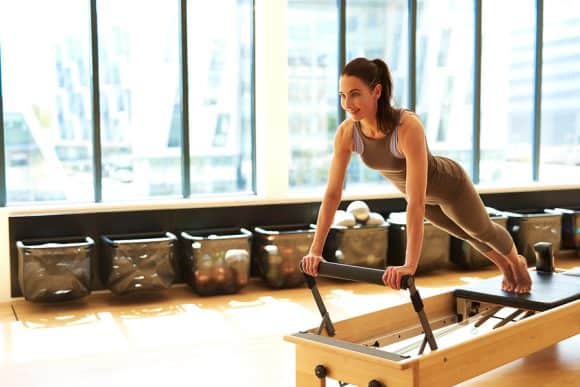
The term pilates is one that is often heard – but who really knows what it means? Christie Gardner, one of our physiotherapists has undertaken professional training in clinical pilates. Here are her insights.
The Pilates Method was developed by Joseph Pilates in the early 20th century in Germany. Pilates involves exercises which work on:
Pilates is designed to enhance functional movement. It focuses on the retraining and recruitment of the stabilising muscles (i.e. core). Pilates is recommended as a useful tool for rehabilitation, prevention of injuries, pain management, general fitness and to limit the need for surgery.
There are 6 basic principles that are essential for all Pilates exercises to ensure optimal results.